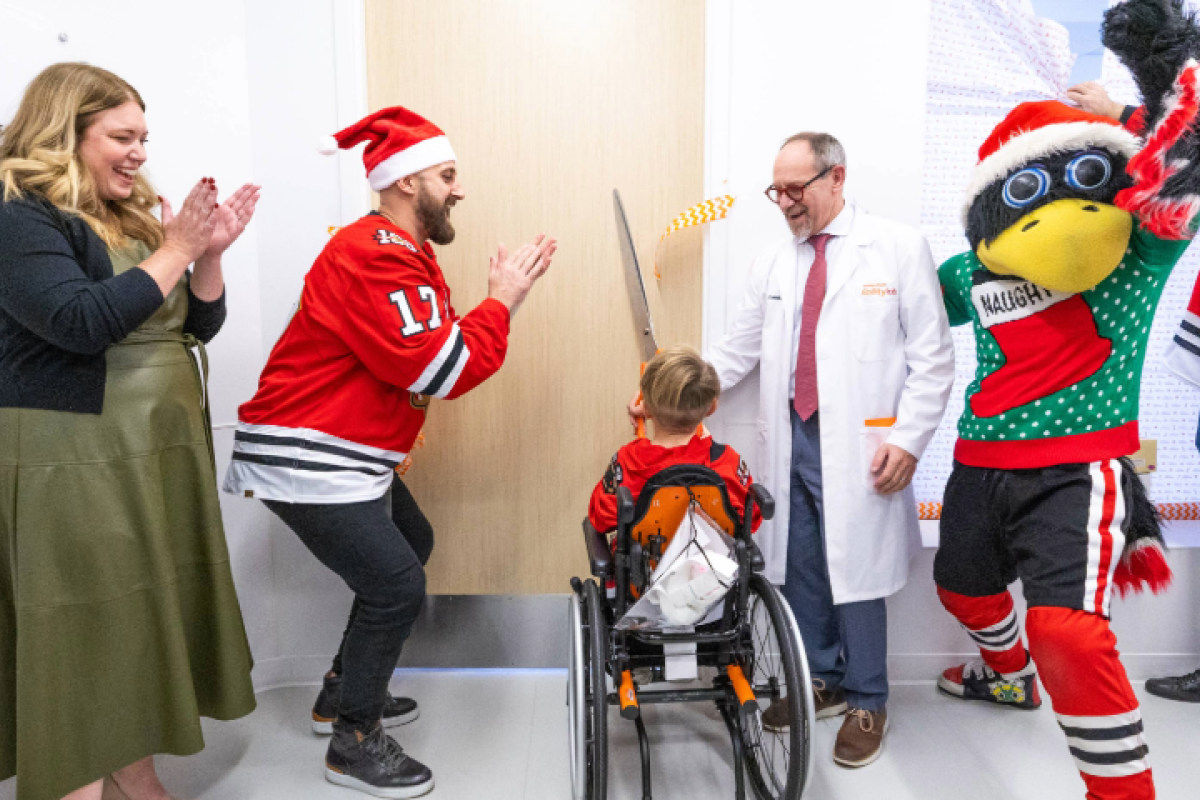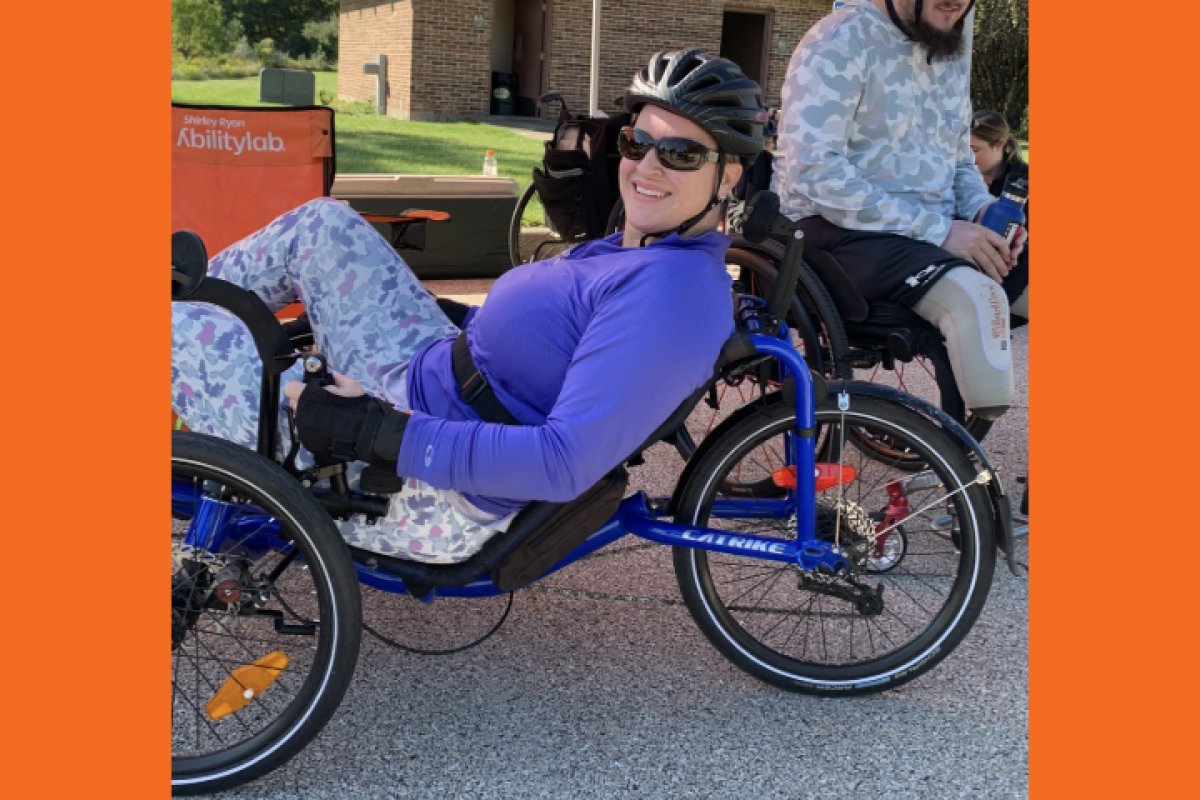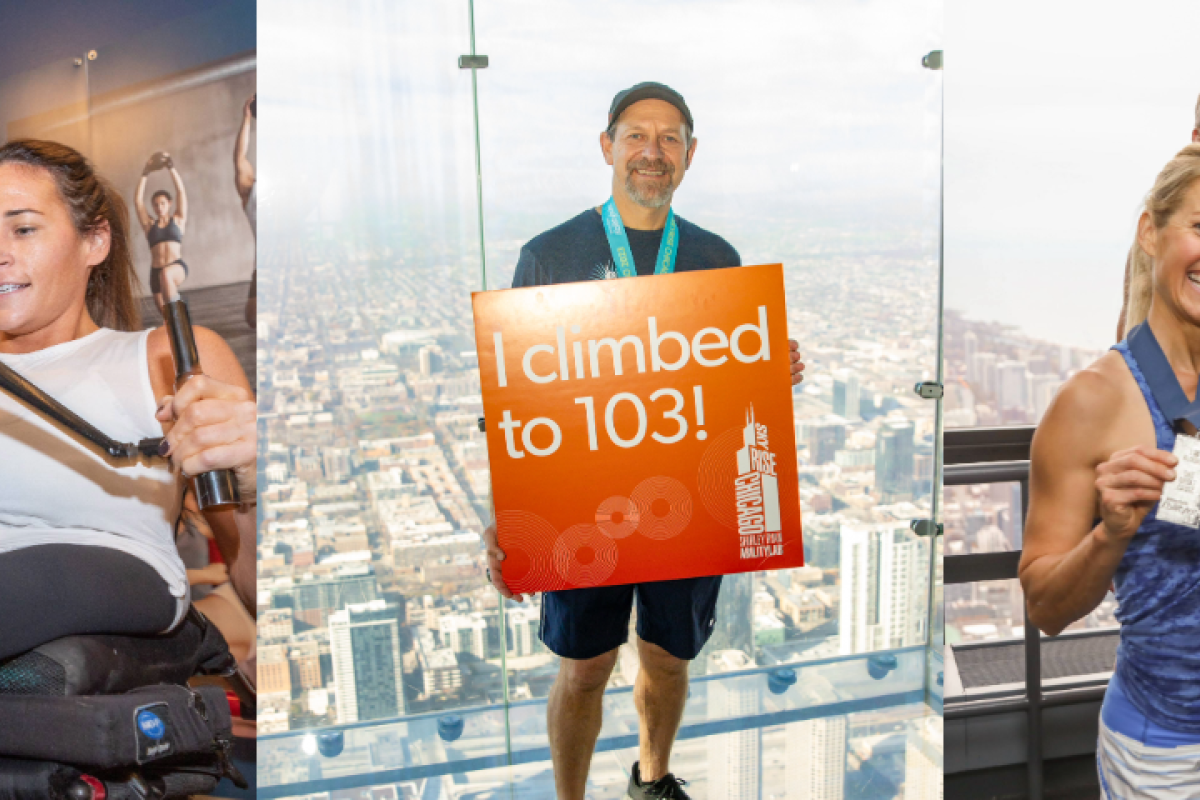AbilityLab Blog
See the latest news, updates and patient stories from Shirley Ryan AbilityLab.
Ranked No. 1 by U.S. News & World Report for 35th Consecutive Year
Shirley Ryan AbilityLab again has been recognized as the national leader in rehabilitation, topping the U.S. News & World Report list for the 35th consecutive year. It remains the only hospital of any kind to hold this distinction, and has been ranked the No. 1 rehabilitation hospital every year since 1991.
Press Release

Chicago Blackhawks Foundation & Shirley Ryan AbilityLab Debut Renovated Playroom
Blog

Honoring a Friend & Empowering a Community
News

Shirley Ryan AbilityLab’s Cheri Blauwet, MD, Recognized for Lasting Contributions to Paralympics
News

Sherri Embraces Quality of Life & Adaptive Cycling Amid Brain Cancer Journey
Patient Story

Celebrating Patient Journeys: Stories of Hope, Healing & Independence
Patient Story

Shirley Ryan AbilityLab’s Chief Clinical Officer Joins Expert Panel, Podcast at World Medical Innovation Forum
News

Declan’s Journey With CP Leads to a ‘World of Possibilities’
Patient Story

Molly Discovers Hope & Community at Military Sports Camp
Patient Story

SkyRise Chicago 2025 Recap
Blog

Diabetes & Exercise: Why Fitness Matters
Blog

Shirley Ryan AbilityLab Hosts 17th Annual SkyRise Chicago, Tallest Indoor Stair Climb in the US
Press Release

